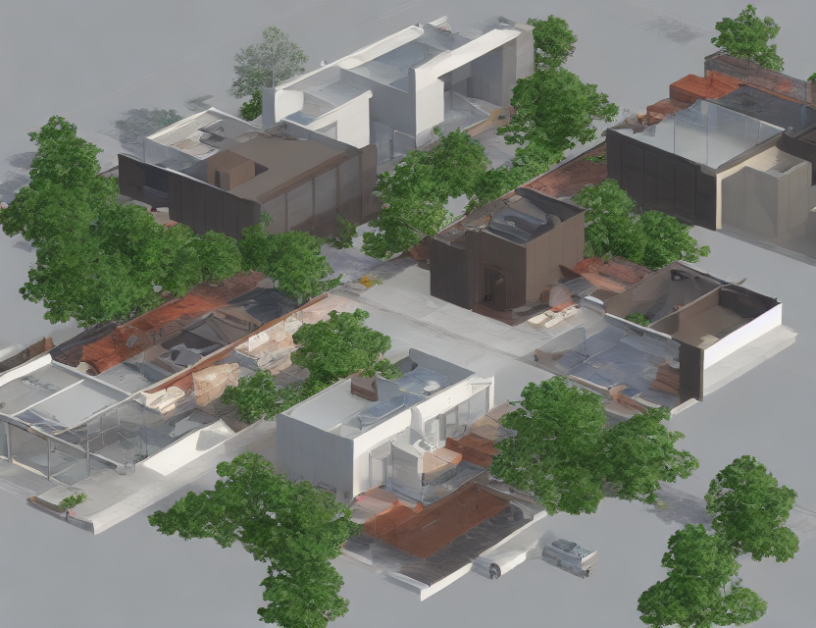Deep learning techniques have revolutionized various fields, including image and speech recognition. In architecture, researchers have now explored the potential of deep learning for modeling deformable walls in Building Information Models (BIM). The article presents "A-SCAN2BIM," an innovative approach that leverages this technology to automate wall modeling with unprecedented accuracy.
The journey begins by scanning existing walls using a depth sensor, generating a 3D point cloud of the target area. This data is then fed into a deep neural network called "Next Wall Prediction Module," which predicts the next wall in the sequence based on the cosine similarity between the embedded points and their neighbors. The module utilizes self-attention mechanisms to weigh the importance of each point, ensuring an accurate prediction.
To enhance the quality of the predicted walls, A-SCAN2BIM employs a novel metric called "Naturalness," inspired by the Fréchet Inception Distance (FID) score used in image generation models. This measure evaluates how well the predicted wall sequence resembles the ground truth modeling sequence, providing a more comprehensive assessment of the system’s performance.
The A-SCAN2BIM architecture consists of six blocks of self-attention layers, producing an embedding vector for each node in the network. The cosine similarity between these vectors and their neighbors determines the scores for each subsequent wall addition or modification. Automatic modeling takes place without user interaction by successively running the next wall prediction network while selecting the candidate wall with the highest score.
The system’s efficiency is further enhanced through an interactive auto-completion feature, offering users the opportunity to speed up manual modeling by suggesting wall auto-completions after each user interaction. Users can choose to accept or modify the proposed model and request the top-3 next wall predictions before continuing with the auto-regressive prediction sequence.
A-SCAN2BIM’s accuracy and naturalness are demonstrated through experiments on real-world data, showcasing a significant improvement over traditional manual modeling techniques. The potential applications of this innovation are vast, as it can streamline complex BIM modeling tasks while ensuring consistency and accuracy in architectural designs.
In summary, A-SCAN2BIM represents a groundbreaking advancement in the field of BIM modeling, utilizing deep learning techniques to automate the process with unprecedented precision and efficiency. By leveraging the power of self-attention mechanisms and novel evaluation metrics, this system offers a game-changing solution for architects, engineers, and construction professionals alike.
Computer Science, Computer Vision and Pattern Recognition
Revit-based Auto-completion for Manual Modeling



